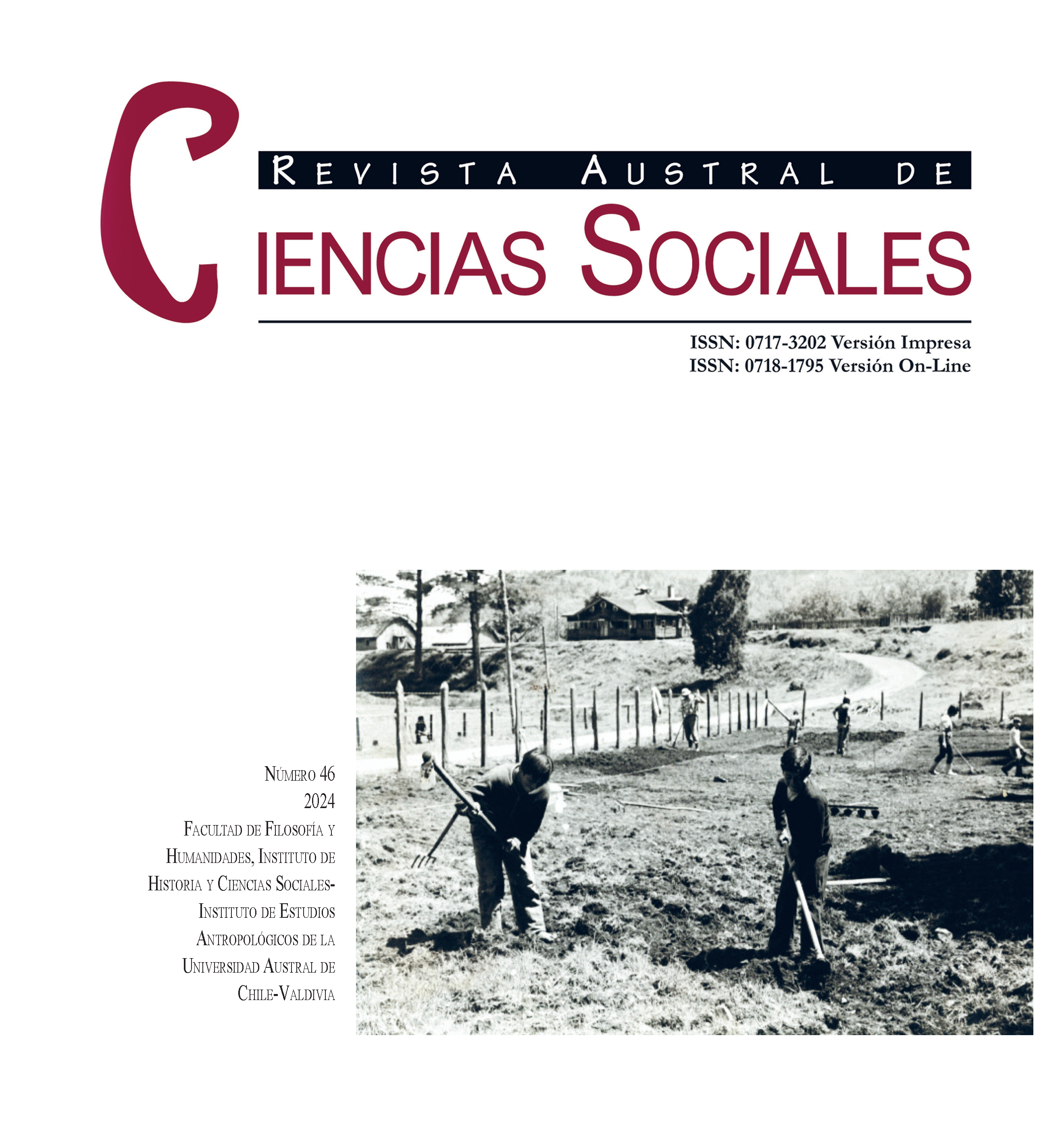State, railway and territory: government strategies for the occupation of La Araucanía at the end of the 19th century
Main Article Content
Abstract
In the Frontera, also known as Araucania, a Mapuche-inhabited territory, which divided the country in two - that neither Spanish dominance (16th to 19th centuries), nor the Chilean Republican state (19th century) had managed to establish control over -, different strategies were employed for its occupation, revealing maneuvers to impose, extend, and consolidate the modernizing processes of the Chilean State. The role of the Executive branch to materialize the State’s presence in the area, through large railroad infrastructures, as dynamizing agents of the nascent towns and cities, and of the economies driven by colonization, is examined from the Presidential speeches of José Joaquín Pérez to those of José Manuel Balmaceda at the end of the 19th century. While the construction of the Malleco Viaduct, whose industrial language brings ecosystem and devices face to face in an ancestral setting, is confirmed as a territorial milestone that extends communications and transport to southern Chile.


 https://orcid.org/0000-0001-6628-6724
https://orcid.org/0000-0001-6628-6724